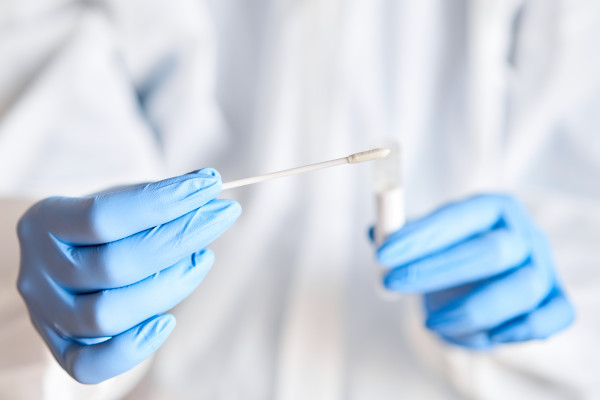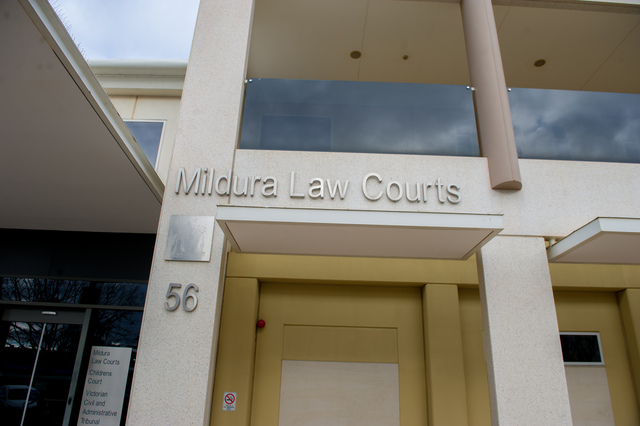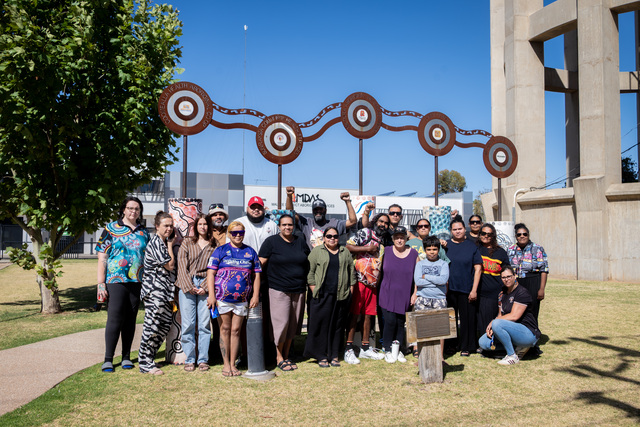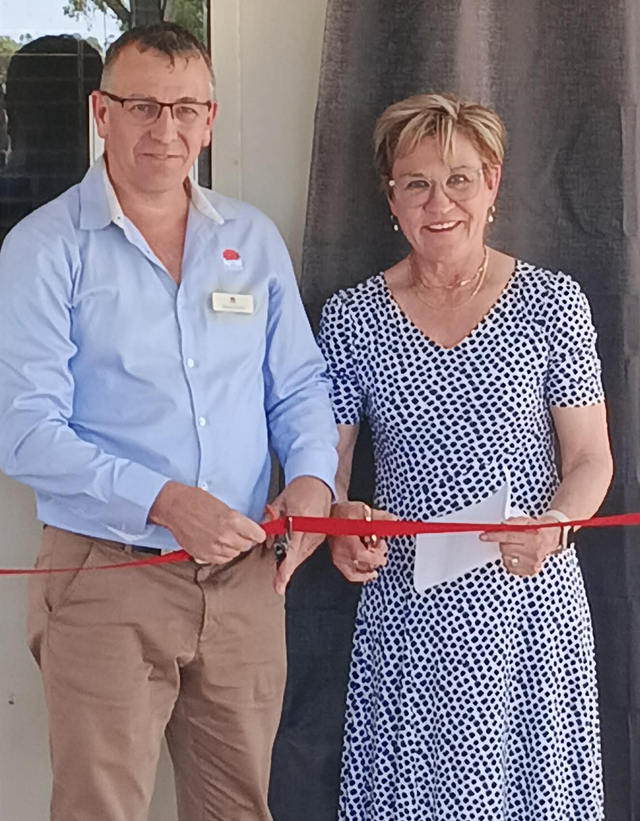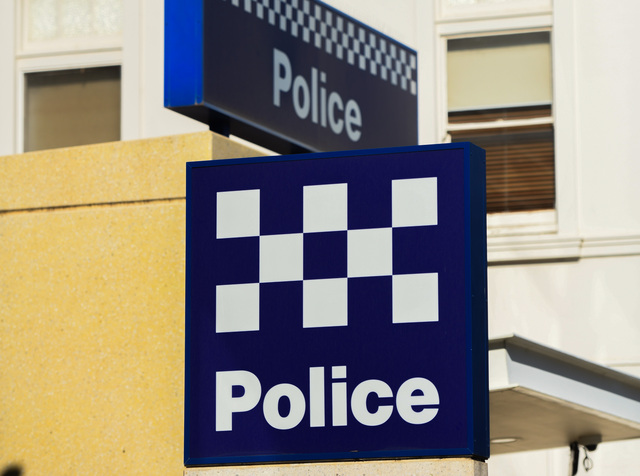ALMOST 800 people in the Mildura area were confirmed with COVID-19 in the past week, but there are signs the wave might be hitting its peak.
But the number of hospitalisations continues to grow in Victoria, topping 1000 for the first time during the pandemic.
Mildura reported 226 cases at the weekend, 72 in Sunday’s numbers.
There were 798 new positive cases in the area in the past seven days, and the number of total active cases rose to 831, a Mildura record.
But the 22 per cent growth rate over the previous week’s total paled in comparison to an almost four-fold increase in the previous seven-day period.
In further good news, CovidBaseAU recorded an effective reproductive rate (EFF) for Mildura below 1 on Saturday, which was the lowest since just before the new year.
The EFF shows how many people on average an infected person will transmit the virus to. Anything below 1 indicates a decline in the growth of transmissions.
Sunraysia Daily contacted the Department of Health to confirm its EFF figures but did not receive comment before deadline.
Victoria confirmed 28,128 new cases, more than half those coming from PCR tests.
COVID patients in Victorian hospitals rose above 1000 for the first time on Saturday, with 1114 in hospital on Sunday.
The state had its deadliest week with an almost three-fold increase in deaths (116) due to COVID in the past seven days.
Swan Hill Rural City recorded 32 new cases during the weekend, just over half those infections (17) being reported in Robinvale.
The number of positive cases in Wentworth Shire over the past four weeks rose to 118 infections.
The Victorian Government received its first major delivery of three million rapid antigen tests on Sunday and expected to distribute them to key workforces beginning on Monday.
The tests were the first of the State Government’s bulk order of 44 million rapid tests and will be distributed to prioritised workers in “sensitive settings” such as the health system, emergency services, the disability sector and aged-care services.
This followed the State Government’s announcement of new exemptions from home isolation for workers who are close contacts of COVID-19 cases. These included emergency services, education, critical utilities, custodial facilities, transport and freight, and are effective from midnight on Tuesday.
That list of workers joined exempt workers in the food production sector, along with hospital, disability care and aged-care employees.
Victorians who may have pre-existing conditions that make them susceptible to severe illness will be prioritised to receive rapid antigen tests.
Rural doctors welcomed the Federal Government decision to reinstate several Medicare items for telehealth services, which were available earlier in the pandemic, for a further six months.
The Rural Doctors Association of Australia and Australian College of Rural and Remote Medicine (ACRRM) said the measures would greatly assist rural GPs, rural generalists, and rural consultant specialists to care for patients while reducing the spread of the Omicron variant.
“This six-month extension should see us through the current Omicron wave and also provide time for doctors and practices to review their telehealth models, as we now know what the structure of permanent telehealth will be,” ACRRM president Sarah Chalmers said.
She said the latest changes also included more than 20 million units “long needed” of personal protective equipment for GPs, Aboriginal community controlled health services and GP respiratory clinics in rural, regional and remote areas.

